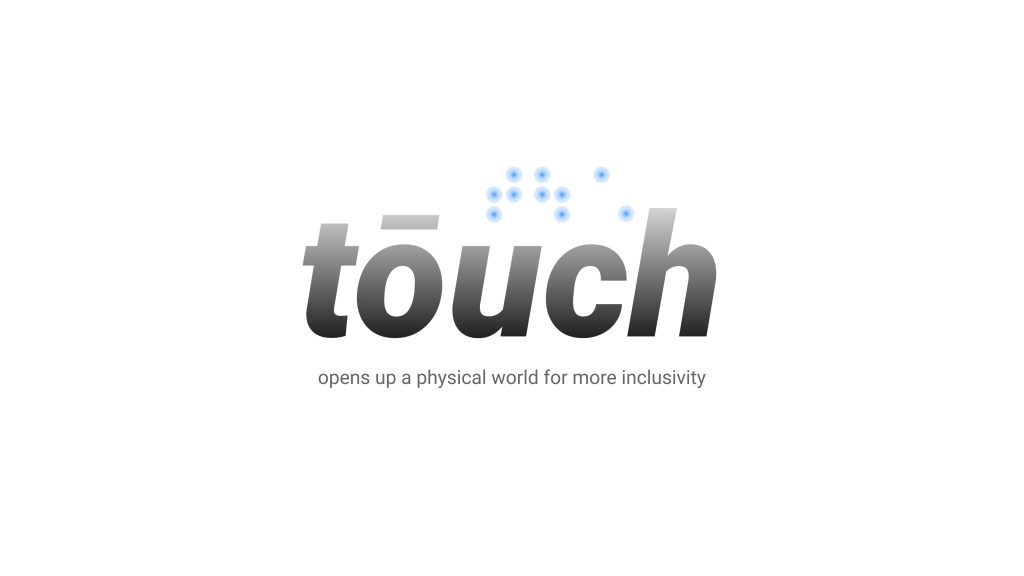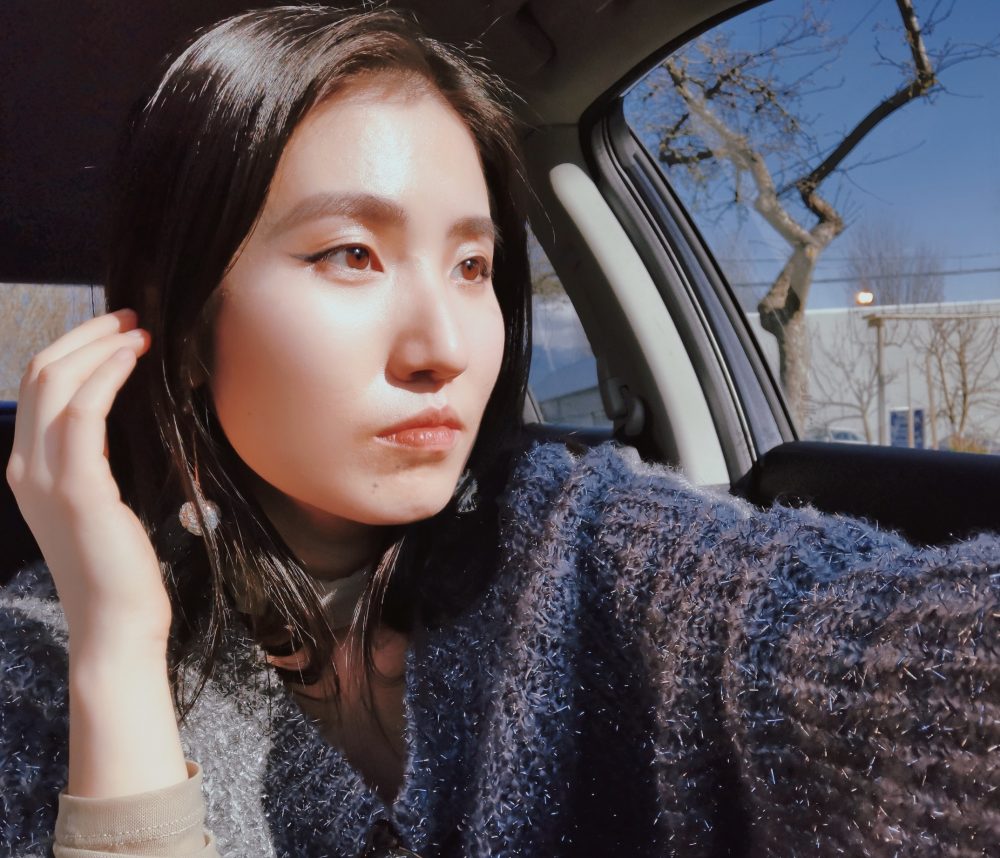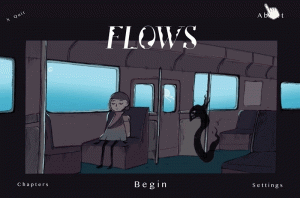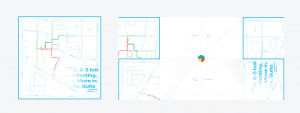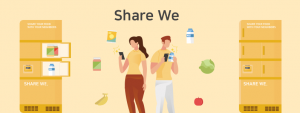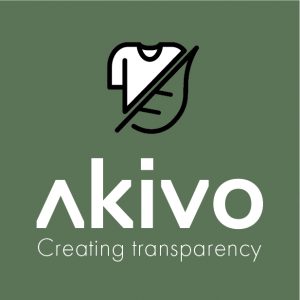tōuch
Xinjie (Vera) Dong
Opens up a physical world for more inclusivity
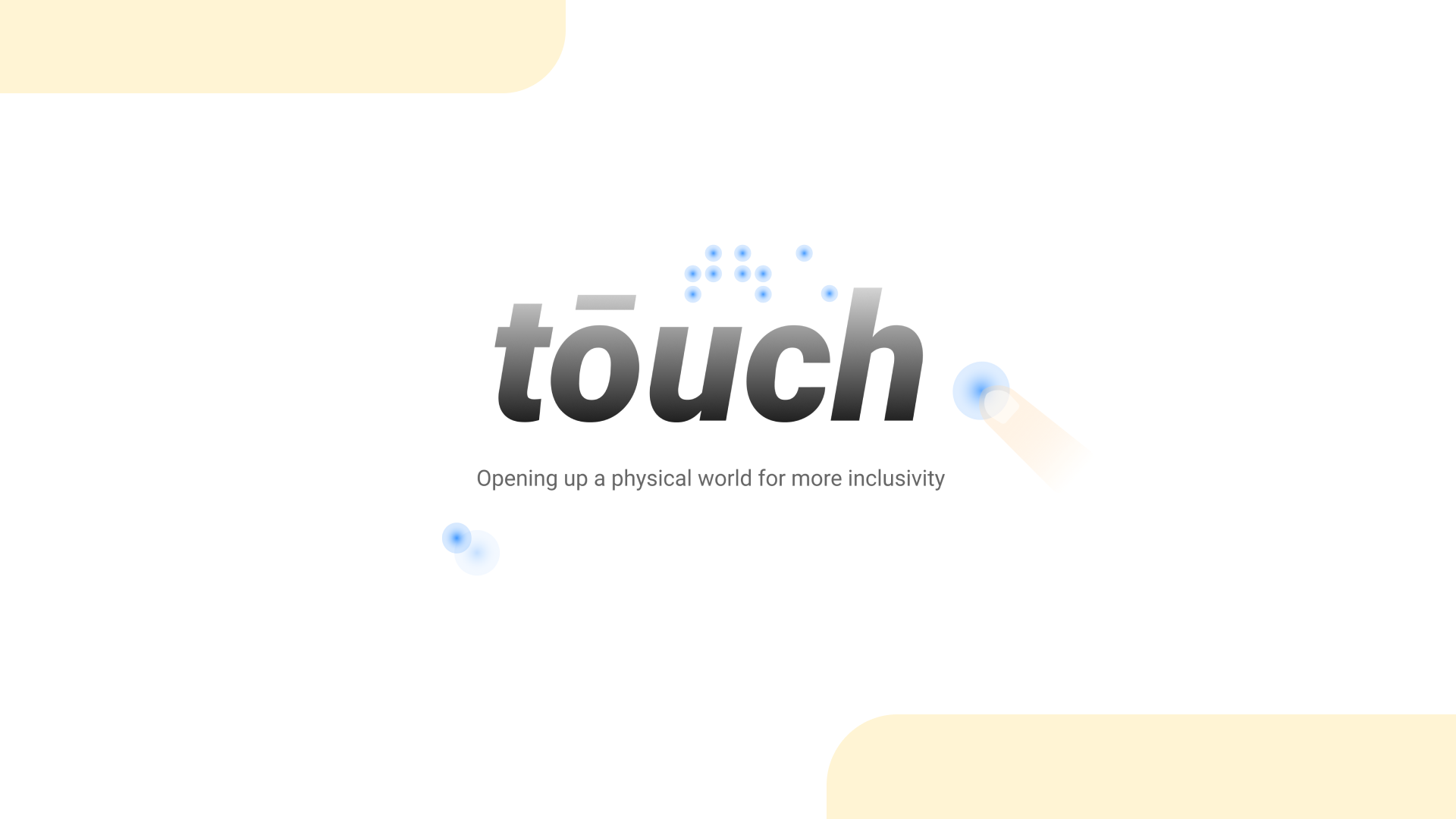
Intro
We usually take photos to capture our daily life, because photos allow us to review and stay close to the movement that inspires and appeals to us.
It’s the same for the visually impaired community, based on my research and interview with visually impaired participants, they express that they often take photos of things that they want to know and feel remarkable, because photos help them to revisit their daily life in a closer way when they get to zoom in to the details.
Problem Space
However, when I talked to three visually impaired participants, and three of them pointed out that a common way to get information and details is to ask for help from their family members or people with sight, relying on other people in this way feels inefficient and challenges their sense of autonomy.
As stated in their obstacles after taking photos, I started framing my grad project in a context of how might we develop an accessible communication technology that enables visually-impaired users to autonomously perceive their surroundings in braille through photos/camera lens?
Introduce tōuch
I draw my design focus on people with vision impairments and their virtual and physical experiences in braille, in meeting with their pain points about accessibility to information. My design is called tōuch, which is a tactility based technology and allows visually impaired social groups to learn and read information through tactile braille and shapes, see Figure 1 : Product front view.
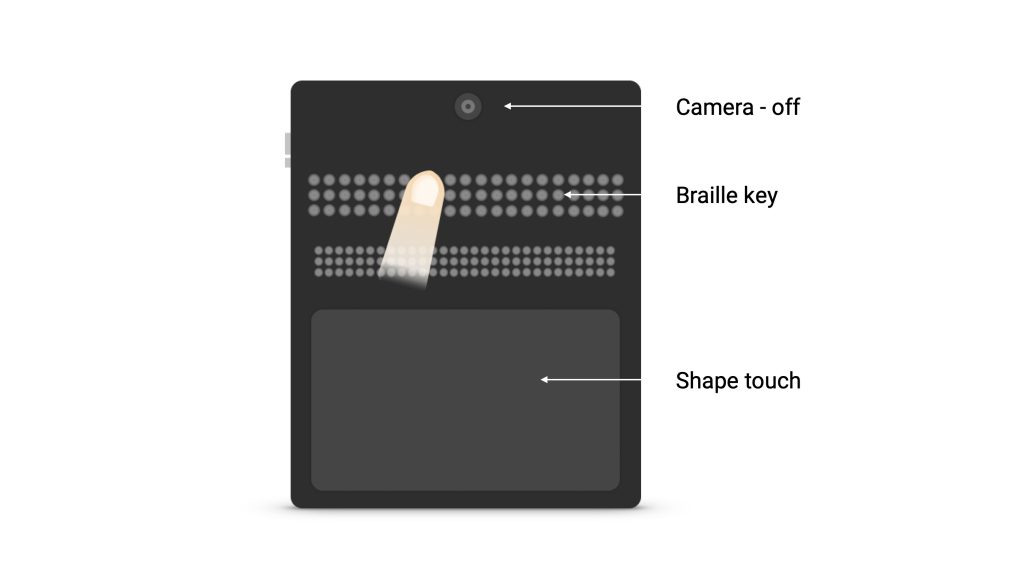
tōuch supports users to take photos and brings photos into tactile information in both braille form and shapes (by using the next generation of OCR). Meanwhile, it enables visually impaired users to record and get a close sense to their daily journey while learning and exploring sentimental and practical information through tactility. The design goal is to allow visually impaired users to have autonomy to their lives through technology in real time.
The scenario is about taking photos of nature, because nature usually tends to be abstract, and I want to help visually-impaired communities to build a construct image about it. See Figure 2: Product use case.
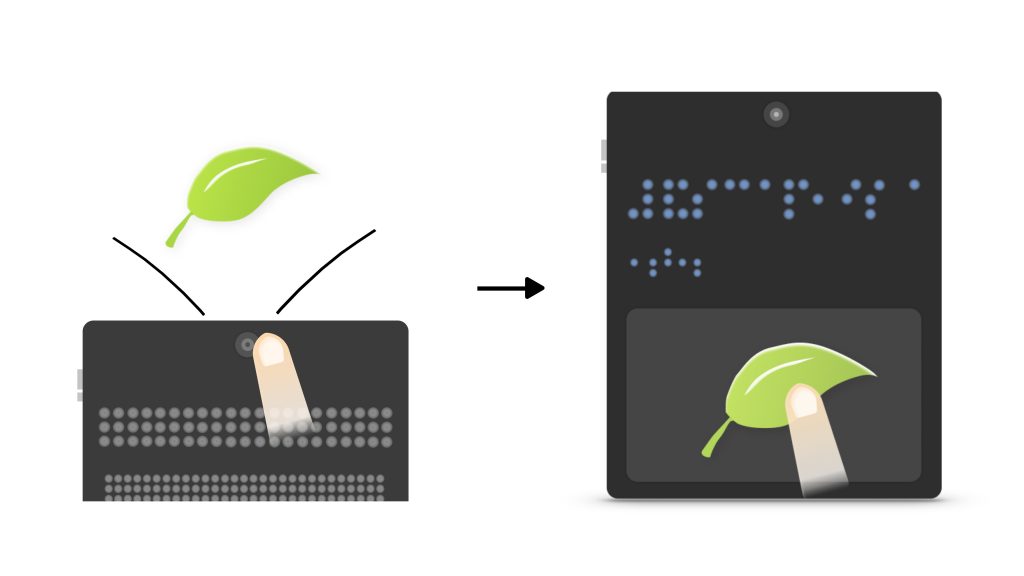
Scenario
- Capture
when users walk around in the park and take photos of leaves and nature. Firstly, double tapping the camera to take a photo. Then the camera brings the photo into tactile braille and shapes, the technology used is the next generation of OCR. Secondly, braille info and tactile shape information about the photo will appear on the device. The info on the device reveals what it is, what colour it is, etc.. Finally, move your finger to scan-through the info, and get a close sense of the critical information stored in the photo that is both sentimental and practical.
- Revisit
Based on the discussions with my participants, they often express a pain point when looking for a specific photo on their digital device. The current user flow is that users need to name each image after shooting, and when looking for an image, they will need to enter the file name (commonly used) or use AI to search. However, there are times when users often forget how they named their images, and it takes a lot of time to find their photos.
A great thing about tōuch when users find photos is that the system will save and remember the photo by the keywords scanned and generated when the photo was taken. Users can search for their photos by speaking keywords. Finally, photos will be filtered based on keywords and shooting date. If they took a lot of photos, they can also swipe to find more relevant photos.
Check Out How Tōuch Works!
Key Takeaway
- The part of the project I will bring with me
My grad project allowed me to explore and reclaim the real meaning and role that design plays in daily life. There are many ways to see the world, not just through the eyes of the majority. For example, visually impaired communities, see the world through many ways like ears, fingers, or touch.
My view of my project is that design should make users feel most comfortable and confident, rather than forcing them to fit and adapt to the vision of the majority.
Through design, the first thing we should do is to dispense with one’s judgments and biases, and then think inclusively.
